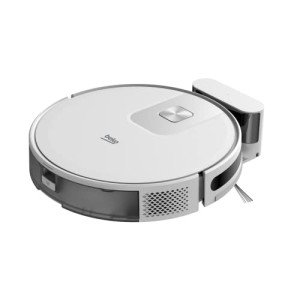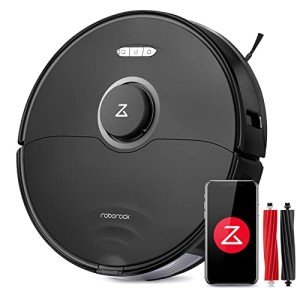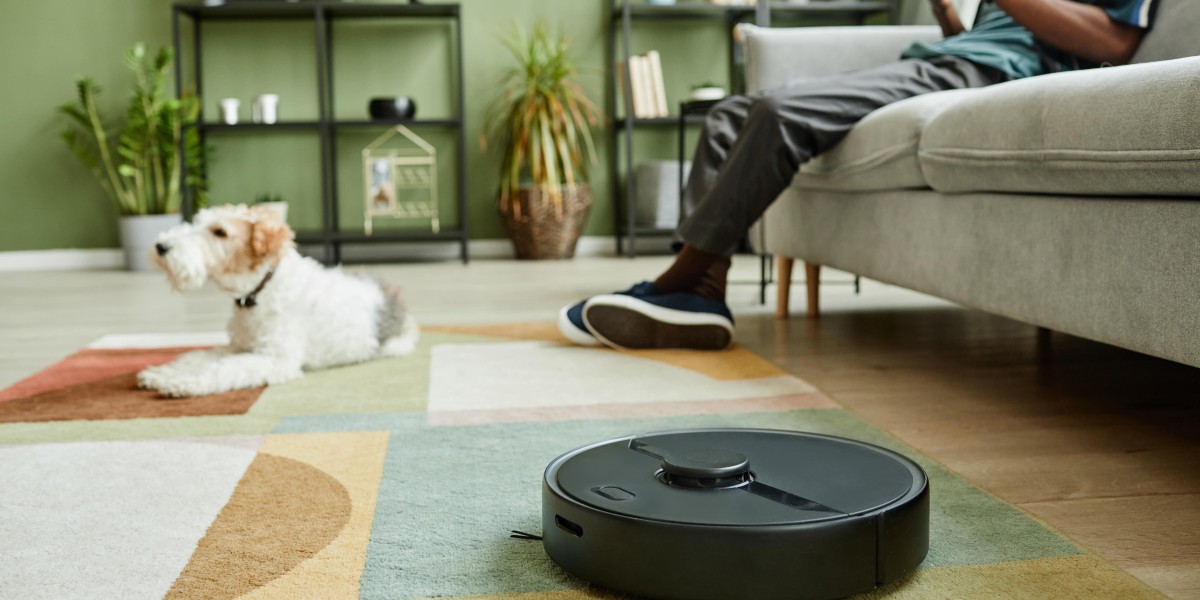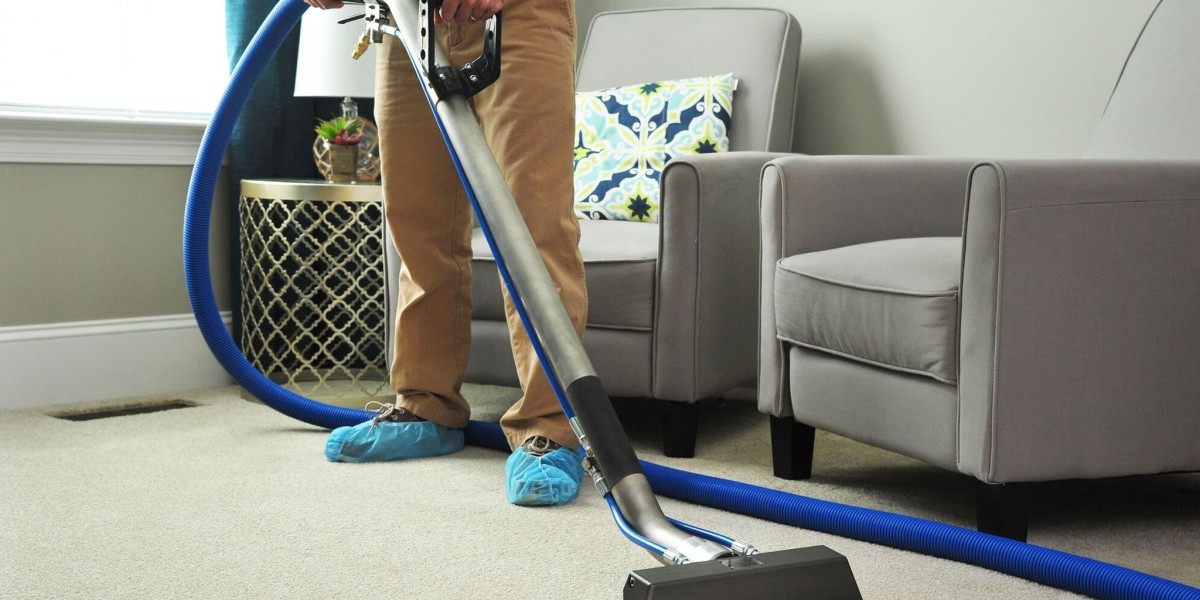
In the bustling era of modern living, where time is a luxury, technological advancements have relentlessly sought to offer solutions that simplify day-to-day life. Among these, robotic vacuum cleaners have emerged as one of the most transformative innovations in the realm of household management. These intelligent home assistants are no longer just gadgets of convenience but essential household allies in maintaining a clean and organized space. By merging cleaning efficiency with cutting-edge technology, robotic vacuum cleaners have quickly transitioned from niche novelty items to household staples.
This article delves deep into the world of robotic vacuum cleaners, exploring their features, benefits, challenges, and why they are the smart choice for home cleaning. Additionally, we’ll address frequently asked questions to help potential buyers make an informed decision.
The Technology Behind Robotic Vacuum Cleaners
At their core, robotic vacuum cleaners are autonomous machines designed to perform vacuuming tasks with minimal human intervention. Equipped with sensors, cameras, and mapping technologies, they navigate through rooms, avoiding obstacles and ensuring consistent cleaning.
Key components of a robotic vacuum cleaner include:
- Sensors: Ultrasonic, infrared, and laser sensors help the vacuum avoid collisions, stairs, and other obstacles.
- Navigation Technology: High-end robot vacuums use LiDAR mapping or cameras to create a virtual layout of a home, ensuring thorough cleaning coverage.
- Brushes and Suction Power: Rotating brushes work alongside powerful suction mechanisms to pick up dirt, debris, and pet hair from various surfaces.
- Docking Station: Most robotic vacuums automatically return to their docking stations to recharge when their battery is low.
This combination of advanced hardware and sophisticated software has made robotic vacuum cleaners light years ahead of their traditional counterparts.
Benefits of Robotic Vacuum Cleaners
A robotic vacuum cleaner offers unparalleled convenience in maintaining a tidy household, but its benefits go far beyond just that.
1. Hands-Free Cleaning
The primary appeal of robotic vacuums is that they require minimal manual effort. Once programmed, they autonomously clean floors, allowing homeowners to focus on other tasks or simply relax.
2. Smart Navigation
Thanks to intelligent mapping and sensor technology, robotic vacuums efficiently navigate around furniture, stairs, and tight spaces. This reduces the risk of missed spots or repeated cleaning of the same area.
3. Multi-Surface Cleaning
Whether it's hardwood, tile, or carpet, robotic vacuums can seamlessly transition between different flooring types, adapting suction power and cleaning techniques.
4. Time Efficiency
With pre-scheduled cleaning options, users can set the vacuum to clean while they are at work or asleep, ensuring a spotless home with no direct oversight.
5. Pet-Friendly Cleaning
For pet owners, dealing with fur and dander is a daily struggle. Many robotic vacuums are specifically designed to handle pet hair, making them a lifesaver in reducing allergens and keeping homes fur-free.
6. Compact Design
Their slim profiles allow them to clean under beds, couches, and other furniture that traditional vacuum cleaners typically struggle to reach.
Challenges Facing Robotic Vacuum Cleaners
While robotic vacuum cleaners have undoubtedly revolutionized the concept of home cleaning, they are not without their limitations:
- Price Point: Advanced models with smart features can be expensive, deterring budget-conscious buyers.
- Limited Deep Cleaning Abilities: While they excel at maintenance cleaning, robotic vacuums may struggle with deep or stubborn stains.
- Small Dustbins: Due to their compact size, they require frequent emptying compared to larger, conventional vacuum cleaners.
- Battery Life: For larger homes, some lower-end robotic vacuums may need frequent pauses for recharging mid-cleaning.
How to Choose the Right Robotic Vacuum Cleaner
The market for robotic vacuum cleaners is saturated with options, ranging from basic models with simple features to premium models equipped with artificial intelligence. Here’s a checklist to help guide your decision:
- Floor Type Compatibility: Ensure the vacuum can handle specific flooring in your home (e.g., carpets, tiles, or wood).
- Battery Life and Charging Time: Look for a longer battery life if you have a larger area to clean.
- Dustbin Capacity: Choose a model with a larger bin if you have pets or heavy foot traffic.
- Navigation Features: Opt for models with advanced mapping and obstacle detection for more comprehensive cleaning.
- Wi-Fi Connectivity: Many modern robotic vacuums come with apps that allow remote control, scheduling, and monitoring.
- Budget Considerations: Set a budget and compare models to strike a balance between features and affordability.
Frequently Asked Questions (FAQs)
1. Do robot vacuums work well on carpets?
Yes, many robotic vacuum cleaners are designed to clean both carpets and hard floors. Models with higher suction power tend to perform better on carpets. However, high-pile or shaggy carpets may pose challenges for some models.
2. Can a robotic vacuum replace a traditional vacuum cleaner?
While a robotic vacuum excels at daily maintenance cleaning, it may not completely replace a traditional vacuum, especially for deep cleaning or removing heavy debris.
3. Are robotic vacuums suitable for homes with pets?
Absolutely! Many robotic vacuum cleaners feature specialized brushes and suction systems designed to pick up pet hair and reduce allergens.
4. How often should I run my robotic vacuum?
This depends on your household. Homes with pets or heavy foot traffic may benefit from daily cleaning, while others can schedule cleanings every couple of days.

5. Are robotic vacuums noisy?
Robotic vacuums are generally quieter than traditional vacuums. You may notice some noise, especially when they’re operating at maximum suction.
6. How long do robotic vacuums last?
With proper maintenance, a good-quality robotic vacuum can last anywhere between 3 to 5 years, or more.
The Future of Robotic Vacuum Cleaners
As technology continues to evolve, the future of robotic vacuum cleaners looks promising. Current trends suggest the incorporation of artificial intelligence (AI) for better learning capabilities, self-cleaning robotic Vacuum mechanisms for maintenance convenience, and more sustainable, eco-friendly designs.
Features like voice control, real-time mapping, and simultaneous sweeping and mopping functions are just the beginning. In the coming years, we can expect these smart devices to become more affordable and versatile, catering to even the most specific cleaning needs.
Robotic vacuum cleaners are more than just a luxury—they’re a testament to how technology can simplify daily life. By blending innovation, efficiency, and convenience, these intelligent devices are reshaping the way households approach cleaning. While they come with their own set of challenges, advancements are continually narrowing the gap between innovation and perfection. Whether you’re a busy professional, a pet owner, or someone who simply dislikes vacuuming, investing in a robotic vacuum cleaner could transform your home cleaning routine into a seamless, hands-free experience.








